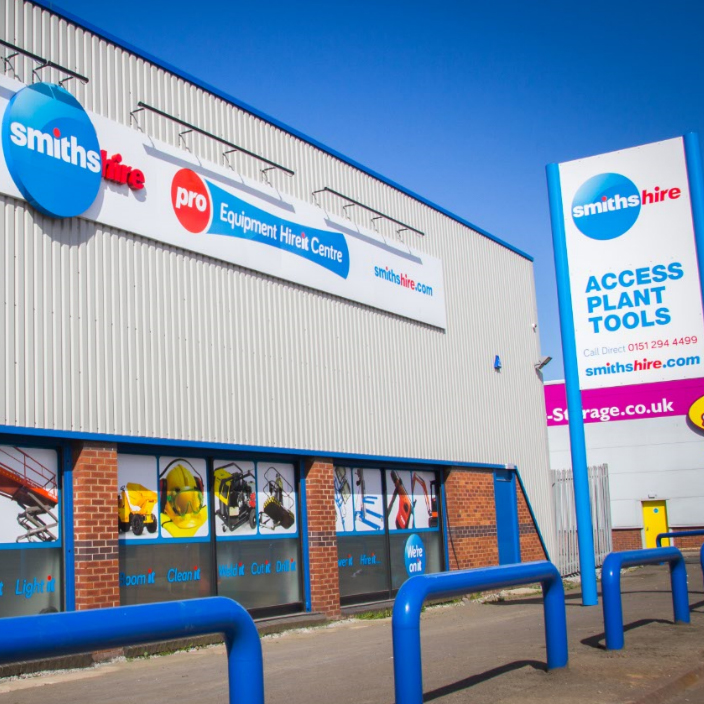For such a simple structure, a pergola can have a powerfully transformative effect on your garden. Its ain purpose, of course, is to create a nicely shaded area that’s perfect for relaxing or entertaining. As a bonus, it can even have a sizeable influence on the overall style of your space too, helping to cultivate an atmosphere that’s sophisticated but laid-back.
Now, the idea of building a pergola can sometimes seem a bit daunting, but with the right tools, materials, and preparation, you can create a beautiful structure that enhances your outdoor space. What we’ve produced here isn’t a complete guide to building a pergola, but just a quick intro to some of the basics, including some key equipment you’ll need and crucial decisions you’ll need to make right off the bat.

Planning your pergola
As you’ll no doubt know already, the larger and more ambitious the project, the more time you’ll typically need to prepare it. So, let’s kick off with some of the major things you’ll need to think about first.
Choosing the location
Choosing the right location for your pergola is crucial – you’ll need to consider key factors like sunlight, wind exposure, and proximity to other garden features. A pergola placed in a sunny spot can create a pleasantly shaded area, but it’s equally a good idea to make sure that it doesn’t obstruct light to other parts of your garden. If your area is prone to strong winds, this is a good point to ensure that the design includes sufficient anchoring to withstand them.
Design considerations
Beyond the basic dimensions, here’s now a good point to think about the design elements that will complement your garden. A pergola can have various styles, such as arched, gabled, or flat roofs. It’s obviously up to you as to which one appeals to you best – some of the most intriguing designs typically harmonise with the architectural style of the home and garden, but it’s not necessarily a hard and fast rule.
If that’s the way you want to go, though, a traditional garden might benefit from a classic wooden pergola with ornate details, while a modern garden could be complemented by a sleek, minimalist metal pergola.

Selecting the right materials
Choosing the right materials is crucial for the durability and appearance of your pergola. As we’ve touched on above, the most common materials include wood, metal, and vinyl, each of which has its own distinct benefits.
Wood is popular for its natural look and versatility. Oak and pressure-treated pine are particularly popular choices, largely due to their durability and resistance to rot and insects.
When choosing wood, you’ll want to consider the type and grade – oak is naturally durable and resistant to decay, while pressure-treated timber is chemically treated to resist rot and pests, but may require regular maintenance. For a more uniform look, choose kiln-dried timber to reduce warping and splitting.
Metal on the other hand provides a more modern look, and is highly durable. Aluminium and steel are common choices, with powder-coated finishes to provide added protection. Metal pergolas require less maintenance compared to wood and can offer a sleek, contemporary aesthetic.
As with wood, when you’re selecting your metal, check for finishes that will stand up to the elements and match your desired aesthetic. Aluminium for example is lightweight and resistant to rust, making it ideal for coastal areas where salt can accelerate corrosion.
Vinyl is a bit more of an unusual choice, but it’s low maintenance and resistant to the elements. It’s a good choice if you want a structure that requires minimal upkeep. Vinyl pergolas can be less expensive and easier to clean, but they may not offer the same aesthetic appeal as wood or metal.
Essential tools for the job
Having the right tools on hand will make the construction process go even more smoothly. Essential tools include:
- Measuring tape and level, for precise measurements and ensuring your structure is even.
- Saw – a circular saw is ideal for cutting beams and rafters to size. If working with metal, ensure you have a metal-cutting saw blade.
- Drill and drill bits for making pilot holes and securing screws.
- Screwdriver – this can be electric or manual, for assembling the structure. A power screwdriver can save time and effort.
- Hammer for any nailing tasks.
- Post hole digger to create holes for the support posts.
- Concrete to secure the posts in place.
- Clamps, often useful for holding pieces in place while you secure them.
- Mitre saw – ideal for making precise angled cuts if your design includes such features.
- Safety gear. The right PPE is absolutely vital, even outside a formal commercial setting, so make sure you’ve at least got safety glasses and gloves are essential to protect yourself during construction.
Calculating materials and quantities
Accurate calculations are essential to ensure you have the right amount of materials. An obvious place to start is by listing all the components you’ll need, such as posts, beams, rafters, and any hardware. Measure the length, width, and height of your planned pergola to determine the quantities required.
For example, if your pergola is 3 metres by 3 metres and 2.5 metres high, you’ll need to calculate the number of posts based on spacing. Typically, pergola posts are spaced 2 to 3 metres apart. In this case, four posts should suffice. Make sure to account for the crossbeams and rafters; you may need additional material if you plan to add decorative elements or additional support beams.
Detailed measurements
For more precise calculations, it’s not a bad idea to think about making a detailed cut list. This list should include the dimensions of each piece of timber or metal required, including posts, beams, rafters, and any cross braces. Accurate measurements will help you avoid buying excess materials (always annoying!) and ensure that all components fit together properly.

Accounting for waste
This is a trick all experienced tradespeople know – when you’re calculating materials, account for a margin of error. A common practice is to add an additional 10% to your total material estimate to cover mistakes or unforeseen adjustments. This buffer helps ensure you don’t run out of materials mid-project. One of the few things even more annoying than realising you’ve over-bought!
Special features
Finally, if your pergola design includes special features like integrated lighting or a retractable canopy, factor in additional components and their respective measurements. For example, you might need extra brackets for light fixtures or additional hardware for canopy installation.
Right then – that’s the essentials sorted! Once you’ve got all that nailed down, so to speak, you can look at actually beginning to build your pergola. We’ll leave that bit up to you. As for us though, we’ll stick with what we do best – providing you with a comprehensive range of tools and equipment to get the job done.
 We’ve been providing our exceptional tool hire services across the North West and Yorkshire region for over 50 years! Plus, all of our 17 tool hire depots, including in major cities like Manchester, Liverpool, and Leeds, are conveniently located near you, so you never have to go too far for what you need. Got any questions? Our friendly team is waiting to answer them; just give us a call on 0333 323 2100!
We’ve been providing our exceptional tool hire services across the North West and Yorkshire region for over 50 years! Plus, all of our 17 tool hire depots, including in major cities like Manchester, Liverpool, and Leeds, are conveniently located near you, so you never have to go too far for what you need. Got any questions? Our friendly team is waiting to answer them; just give us a call on 0333 323 2100!

 SPEAK TO US
SPEAK TO US

 My Account
My Account




